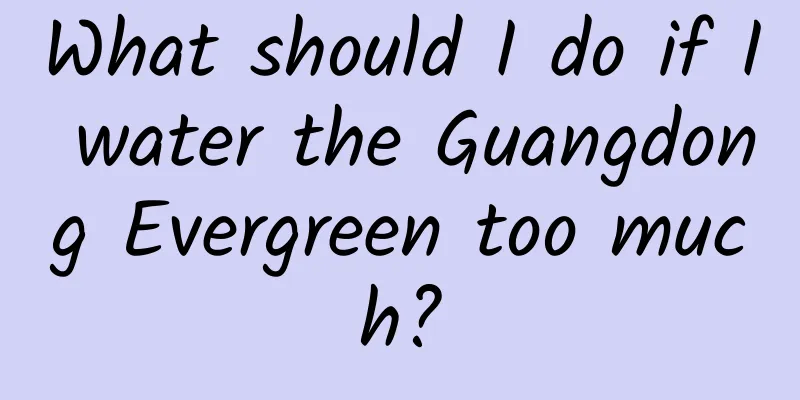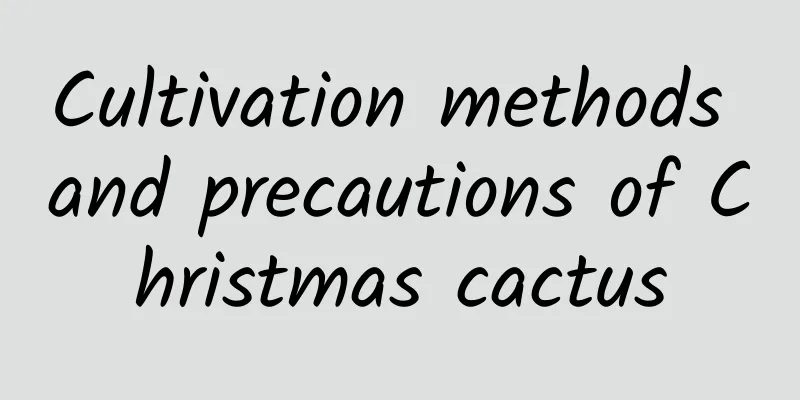The pros and cons of returning corn straw to the field and the solutions (what are the hazards of returning corn straw to the field)

|
The incomplete crushing of corn stalks when returning them to the fields seriously affects the cultivation of the land. The corn straw left after the harvest becomes waste. It is not needed for cooking, and it is too old to produce silage. It takes a lot of labor to collect and cut the straw, and there is nowhere to put it after transporting it to the fields. Burning it is not allowed, and the straw with no way to go really makes farmers feel troubled. With the popularization of agricultural mechanization, agricultural experts have developed an all-in-one corn harvester and field return machine. Based on the principle of "straw comes from the field and returns to the field, and waste is recycled by returning it to the field to fertilize the field", it seems to have solved the problem of the whereabouts of corn straw very well. However, in actual operation, due to the large volume of straw and insufficient fineness of crushing, the rough straw accumulates in the field, which brings great difficulties to tillage, harrowing and sowing . The plowed soil layer is suspended in the air and is ventilated and moisture is lost, which seriously affects the planting and growth of crops in the next season. If corn stalks can have other better uses and better outlets, I think it is best not to return them to the fields. After corn stalks are returned to the fields, they do not rot for a long time, which seriously affects the growth of crops. Corn is harvested in autumn and the straw is returned to the fields in autumn, but the period from autumn to the spring of the following year is generally a period of drought, little rain and low temperatures in the main corn-producing areas. After corn stalks are returned to the fields, they can only be distributed dryly in the soil because there are no conditions for fermentation and rotting. Not only do winter crops such as wheat and rapeseed planted in the current season fail to function as fertilizers, but summer crops also fail to function as fertilizers due to insufficient decomposition. Not only does the straw material returning to the field fail to fertilize the fields in time, but the microorganisms also consume nitrogen nutrients in the soil during the straw fermentation process. Not only does it fail to store fertilizer and retain water, but it also aggravates drought due to water loss caused by suspended soil. Therefore, the land where corn stalks are returned to the fields often lacks fertility and suffers from severe water loss, which has a very adverse effect on the growth of crops in the current season and the next season. If the purpose is to return corn stalks to the fields to fertilize the fields through natural decomposition, it would be better to cut the corn stalks, compost them and ferment them to produce organic fertilizer, which can then be applied to the fields. The failure to sterilize and kill insects when corn stalks are returned to the fields will inevitably lead to the continued spread and proliferation of diseases and pests. Although fungal, bacterial, viral diseases and various insect pests that are prone to occur during the corn growing season have been controlled by spraying pesticides many times, no matter how good the measures are, it is impossible to completely control them. Some pathogenic microorganisms, pest bodies and eggs will still parasitize and cling to corn stalks. When corn stalks are returned to the fields, these harmful pathogens will also enter the soil to survive and continue to multiply and spread. The soil and corn stalk residues become their breeding ground, which to a certain extent greatly increases the number of harmful microorganisms and insect sources in the soil, and will inevitably aggravate the harm to the next season and subsequent crops. Therefore, the corn stalks returned to the fields have become the source of soil pollution and the spread of pests and diseases. Instead of returning corn stalks directly to the fields, it is better to crush them into a compost pile and sterilize and kill insects through high-temperature fermentation before applying them to the fields. Corn stalks need to be returned to the fields and need to be harvested and crushed mechanically, which to a certain extent increases the unnecessary cost of corn production. The purpose of promoting agricultural production mechanization is to reduce labor burden, lower production costs and increase economic benefits. The promotion of corn harvesting and straw returning machines has indeed liberated manpower and improved work efficiency, but machine harvesting and mowing machines have costs. In particular, returning straw to the fields is an additional expense, which costs more than 40 to 50 yuan per acre. When the corn yield is certain and the grain price is low, should straw be returned to the fields? Corn farmers have to make the calculations. The extra cost of returning corn stalks to the fields is basically enough to buy fertilizer for the next crop. Therefore, the cost of returning corn stalks to the fields increases the cost of corn production and increases the burden on farmers. |
<<: The best sowing time for winter wheat (how to determine the appropriate sowing period for wheat)
>>: What fertilizer is best for fruit trees that are calcium deficient?
Recommend
Cultivation methods and precautions of Daphne odora
soil The potted Osmanthus fragrans has relatively...
Cultivation methods and precautions of Jihonghuayue (How to care for Jihonghuayue succulents)
Jihonghuayue, also known as Jihuayue, is a succul...
When does the mahogany bloom? How to grow it so that it blooms
1. When does the mahogany bloom? Rosewood is a co...
When to transplant dianthus
Dianthus is a plant of the Caryophyllales order. ...
Water fish breeding methods and technologies
In fact, the turtle that people usually call is a...
How to water the money bag
Watering method At the end of the Spring Festival...
Water and fertilizer management of Echeveria luxuriata
Watering tips for Echeveria luxuriata It is recom...
Hibiscus cultivation methods and precautions
1. Soil Hibiscus has strong growth ability and lo...
How to plant crabapple seeds
Begonia seed planting time It is necessary to cho...
What flowers are suitable for growing in Zhaotong? What are the city flowers and trees?
1. Climate characteristics of Zhaotong Zhaotong h...
Precautions for growing longevity plum
1. Shading When growing Kalanchoe, you cannot pla...
Is mint a shade or sun-loving plant?
Does mint prefer shade or sun? Mint is a sun-lovi...
How many years does kiwi fruit bear fruit
Introduction to Kiwifruit Planting Kiwi fruit has...
How to raise Pinus wenyuensis
1. Maintenance methods 1. Soil: Vinca needs to be...
Yam watering rules, when to water yam is the key
1. Watering rules 1. Don’t water unless the soil ...









